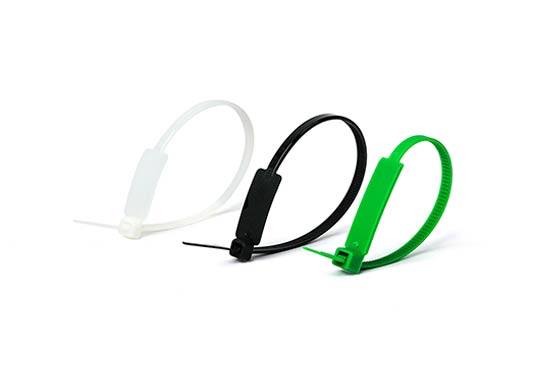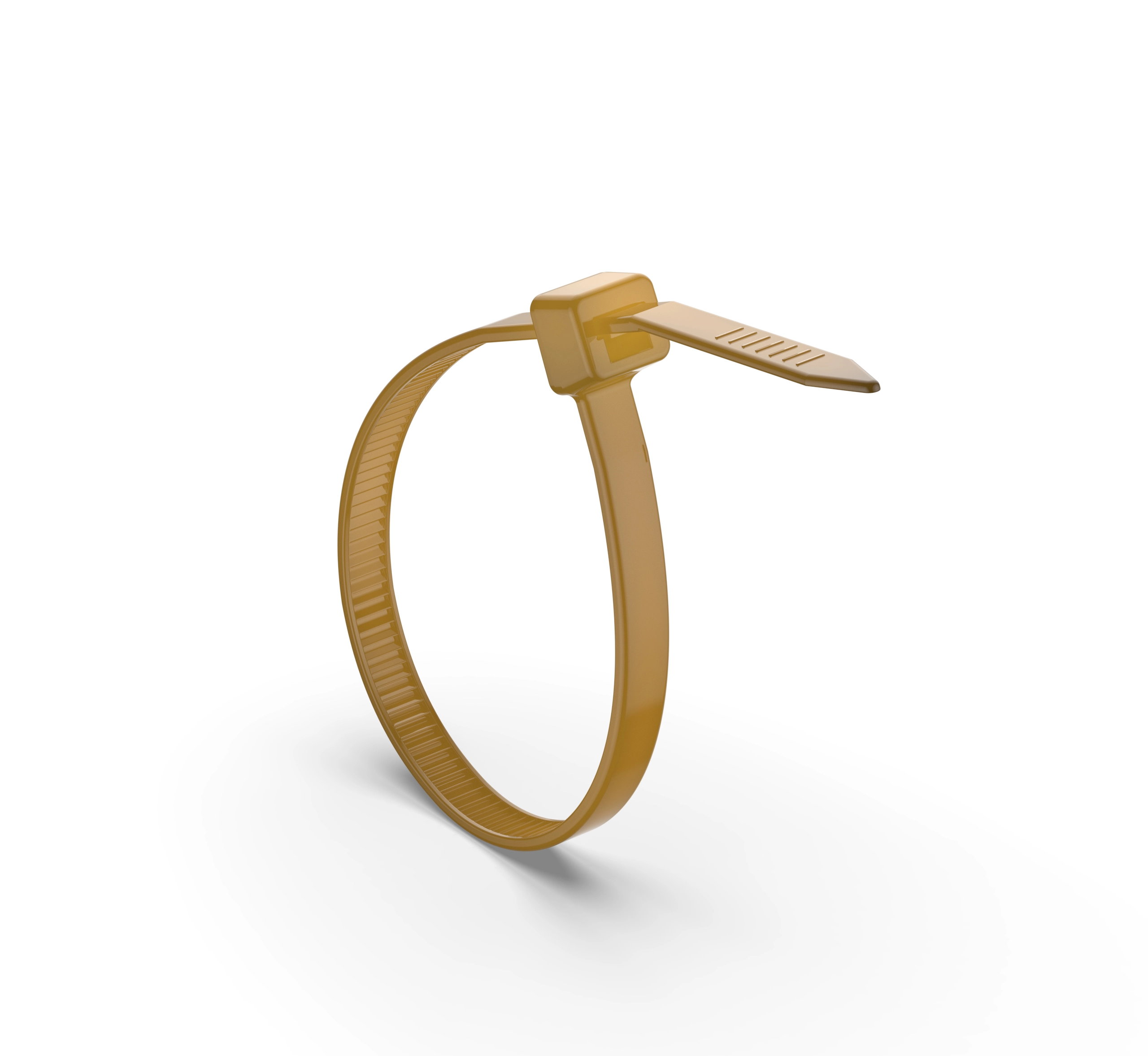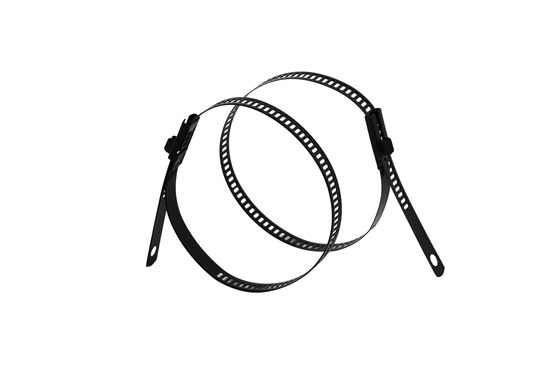Tel
0577-62795555
Tel
0577-62795555
With the continuous development of ocean engineering, laying and maintaining cables on the seabed has become an important phase. The advantages of using cable ties in ocean engineering are also receiving significant attention. This article will discuss the advantages of cable ties in ocean engineering, and provide a detailed introduction to the main application scenarios of electrical cable ties in ocean engineering.
High Strength: able ties are made of high-strength materials, providing excellent tensile and shear strength, effectively securing cables and other equipment to prevent loosening and falling off.
Corrosion Resistance: Seawater contains a large amount of salt and corrosive substances, and traditional metal securing devices are prone to corrosion and loss of stability. However, electrical cable ties made of corrosion-resistant materials can be used for long periods in seawater environments without damage.
Lightweight and Easy to Use: Compared to traditional metal securing devices, electrical cable ties are small in size, lightweight, easy to carry and use. No special tools or equipment are needed; simple operations can complete the securing, enhancing work efficiency.
Economical and Practical: Cable ties are inexpensive, with relatively low costs. In the long run, their durability and corrosion resistance greatly reduce maintenance costs, offering high economic and practical value.
Cable Laying: In ocean engineering, laying underwater cables is a crucial phase. Cable ties can firmly bind the cables, maintaining the stability of the cables in the long-duration ocean environment and preventing damage caused by external forces.
Pipeline Maintenance: Ocean engineering involves the maintenance of a large number of underwater pipelines. Electrical cable ties can help secure and protect pipelines, preventing them from shifting or being damaged due to waves, currents, and other factors.
Equipment Securing: Various devices, such as buoys and sensors, often need to be secured in ocean engineering. Cable ties can achieve firm securing of devices, ensuring their normal operation.
Bundling and Labeling: In large-scale ocean engineering projects, it is necessary to classify and label cables. Using electrical cable ties can conveniently bundle and label cables, improving work efficiency and management levels.
Through the above discussion, we can see that electrical cable ties have numerous application advantages in ocean engineering. Their high strength, corrosion resistance, lightweight, and ease of use provide reliable solutions for cable laying and device securing in ocean engineering projects. In future ocean engineering, cable ties are expected to play a greater role, supporting the smooth progress of ocean engineering projects.



